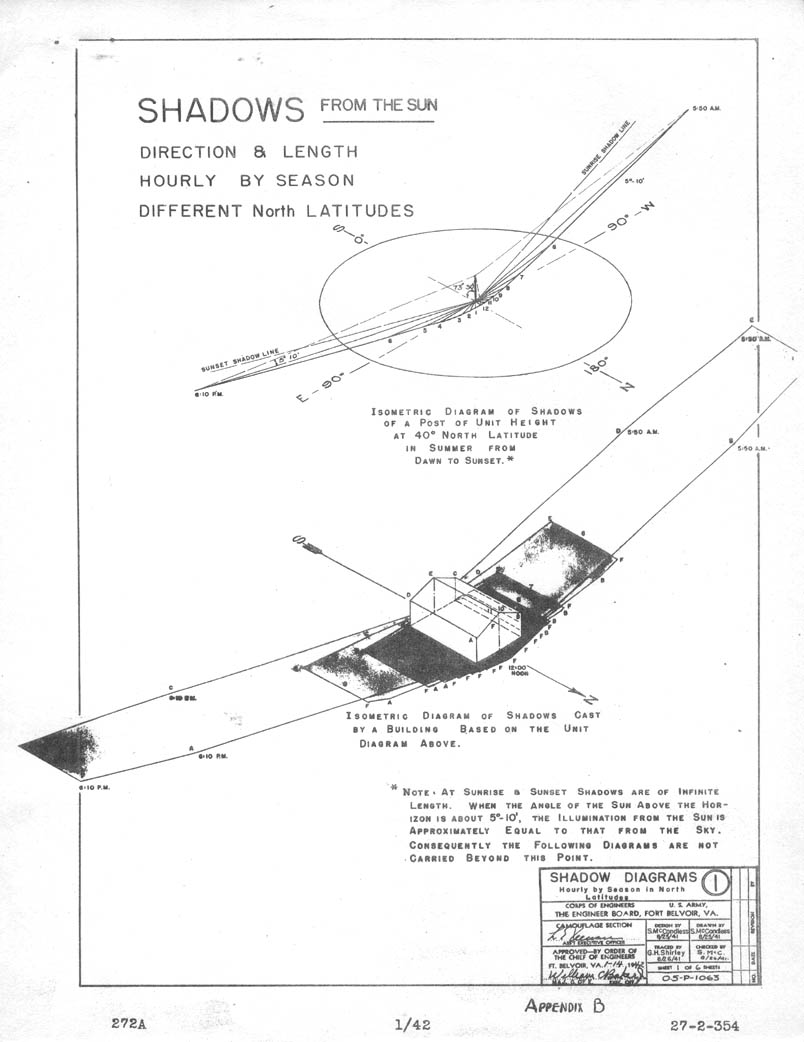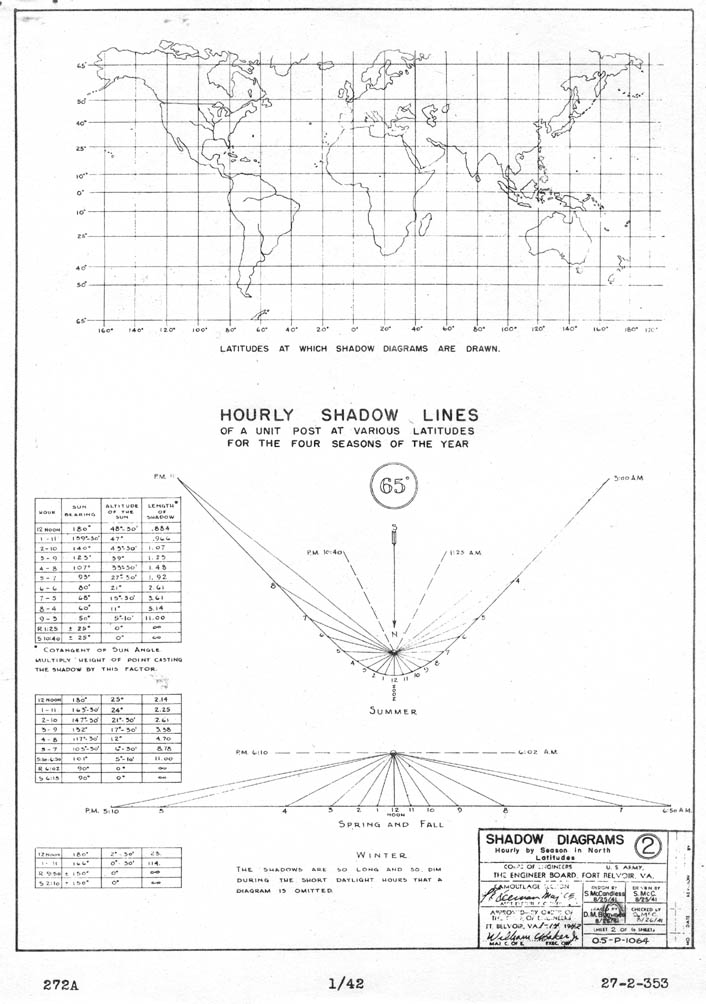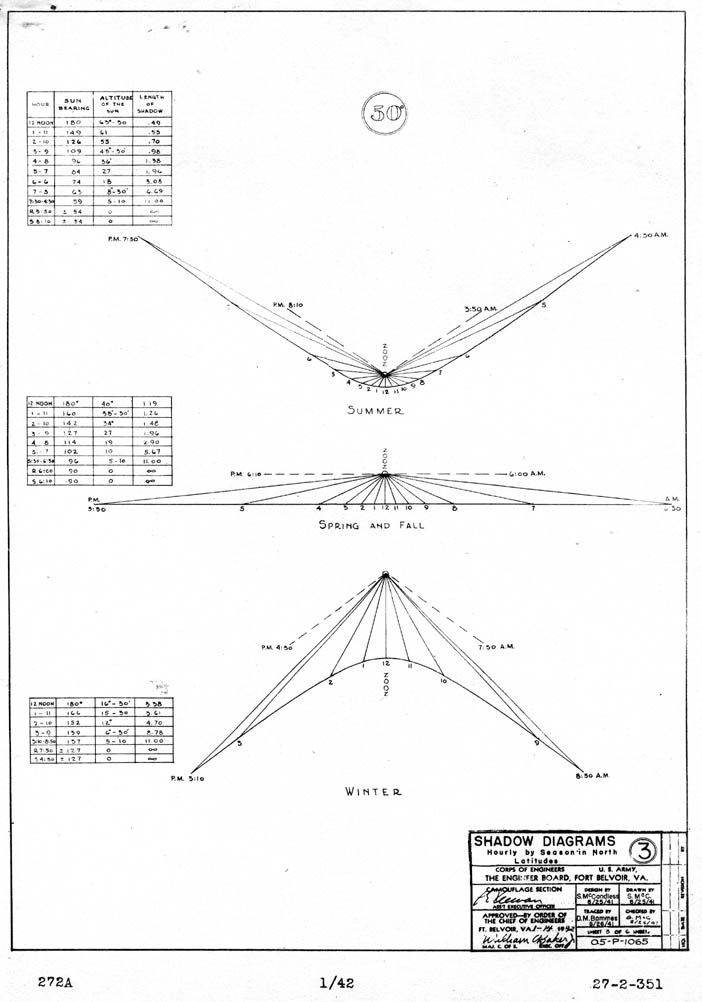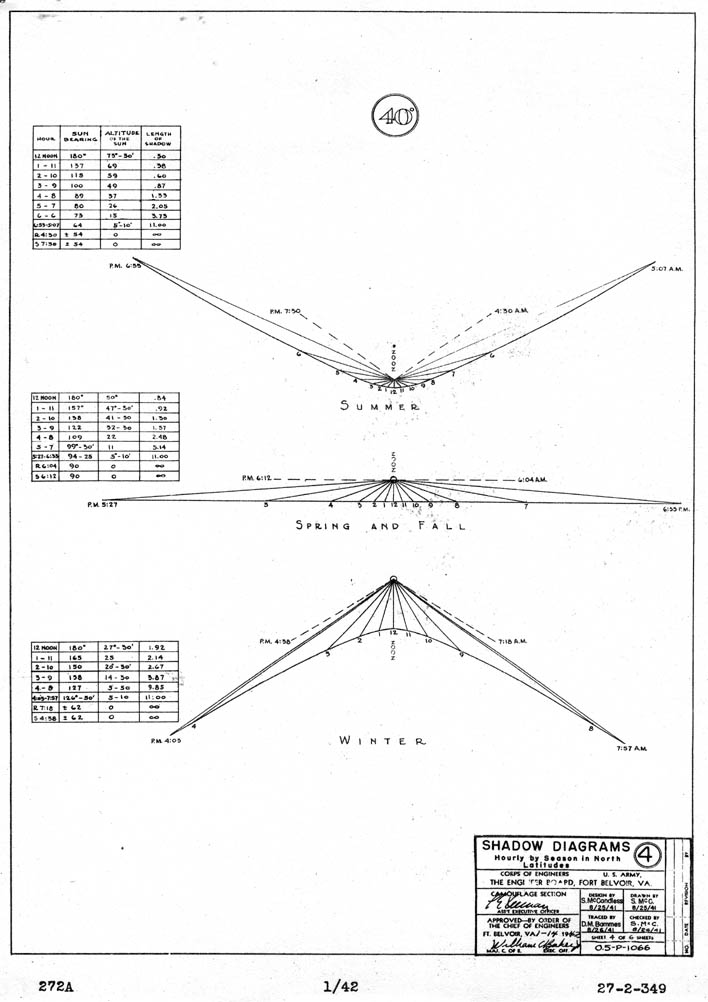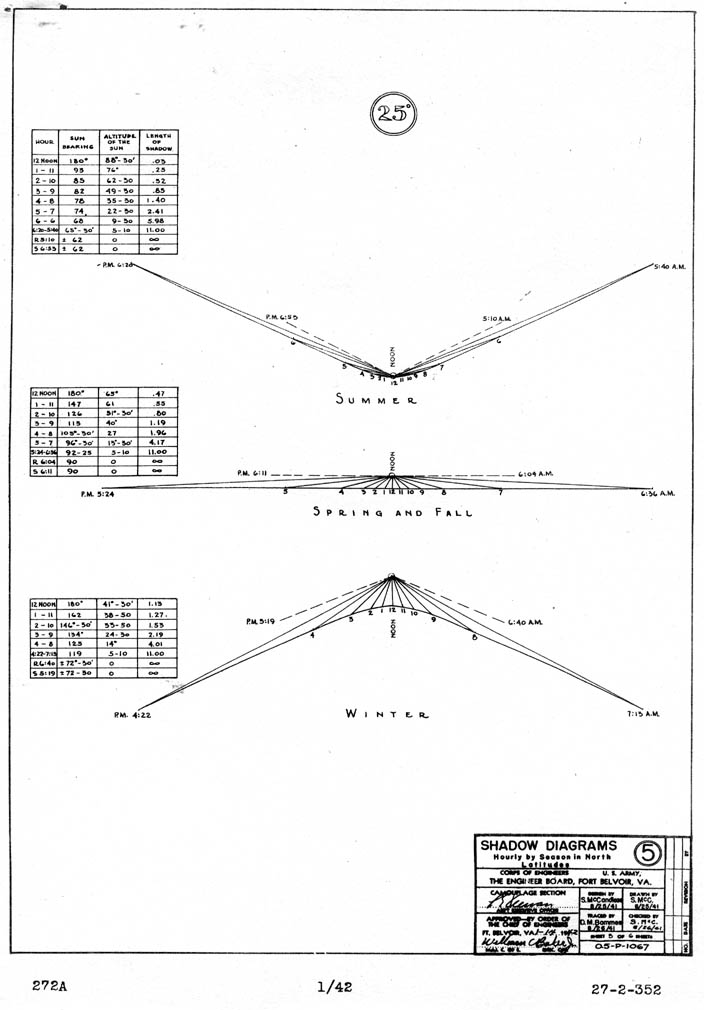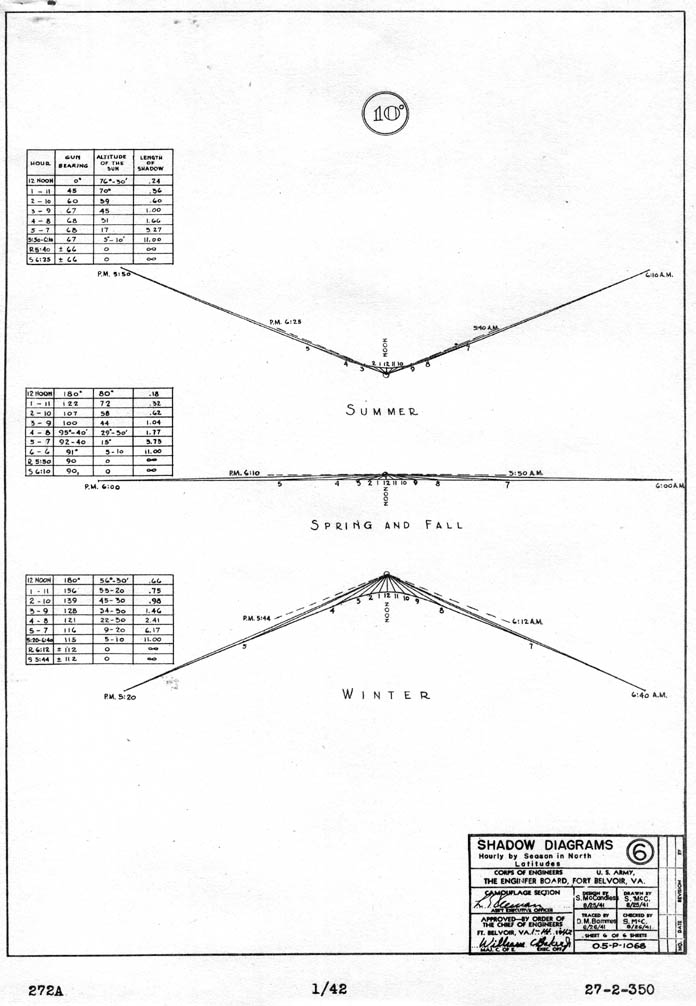|
CAMOUFLAGE DESIGN AND MATERIALS
Procurement of Plant Materials for Camouflage.
1. In the camouflage and concealment of fixed installations, it is probable that large quantities of trees and other plant materials will be required. These plant materials differ from those normally specified in commercial practice, in that they may be of irregular shape and size and may have many flaws and defects, such as would render them unsuitable for civilian use. In the procurement of these materials, therefore, it is desirable that the specifications be written with the especial needs of camouflage in mind.
2. A suggested specification for plant materials for camouflage has been prepared by the Engineer Board, Fort Belvoir, Virginia, with the cooperation of the American Association of Nurserymen. This specification stresses only two major requirements: (a) the sturdiness of the plant stock, and (b) its effectiveness for concealment. A copy of the specifications is attached as appendix A.
Data on Shadows for Protective Concealment.
3. A knowledge of shadows is frequently of value in the practice of protective concealment. Shadows are usually of greater importance than color in the identification of targets and in the detection of camouflage by the aerial observer. A knowledge of shadows will permit the camouflage planner, when working with both new and existing structures, to locate shadows correctly, and to arrange for the absorption or concealment of actual shadows by artificial means.
4. Shadows can be simulated to a degree by the use of dark ground paints or stains. Such colorations must, however, be irregular in outline. They must be designed so that they will not disclose their falsity through the fact that they are static throughout the day. For example; the presence of a random hedge can be indicated by a dark splotchy strip across an open field. The edges must he irregular, however, and the strip should be somewhat wider than an actual hedge together with the shadow which it would cast.
5. Actual shadows falling upon absolutely smooth surfaces appear sharply defined to the aerial observer. Thus, to conceal the shadow of a target, consisting of straight edges, useful technique is to absorb the sharp lines of the shadow by means of planting shrubbery and trees. Shadows falling upon such planting are made to appear irregular, and the shadows of the plant materials themselves further add to the difficulty of identification.
6. The diagrams shown in appendix B have been prepared to indicate the general direction and length of shadows, at different localities,
|
![]()
